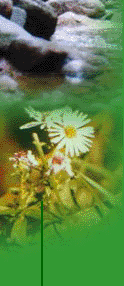|
SUTHERLAND
Sutherland is perhaps best known for its saddest memory: The Highland Clearances: a long folk-memory of people driven
out of their homes in the 18th century by poverty, starvation, desperate clan chiefs, ambitious sheep farmers and rich landowners.
Sutherland suffered more than most parts of the Highlands, scattering people with the surname Mackay far and wide across the
globe.
Sutherland,especially the great North-West corner of the County, traditionally known as Strathnaver, was the home,of
the powerful and warlike Clan Mackay, and as such was named in Gaelic, Dłthaich 'Ic Aoidh, the Homeland of Mackay. Even today
this part of the county is known as Mackay Country, and, unlike other areas of Scotland where the names traditionally associated
with the area have become diluted, there is still a preponderance of Mackays in the Dłthaich.
|




